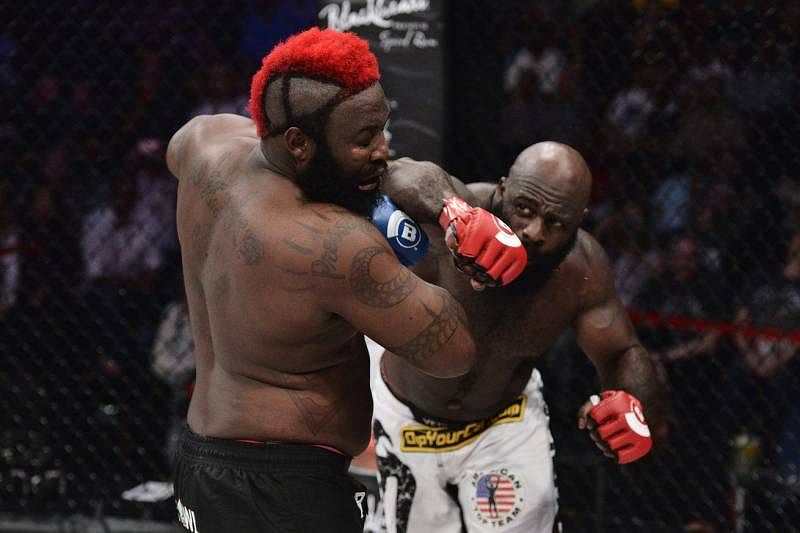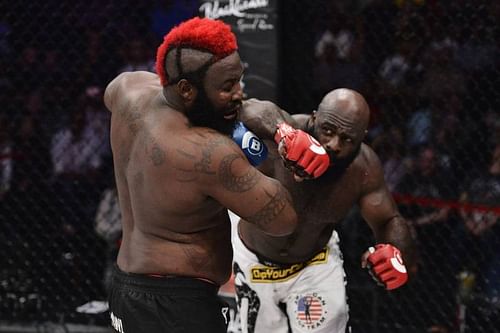
MMA, injuries and deaths – A closer look at the need for changing weight cutting policies
As fans of Mixed Martial Arts, we all want what is best for the sport and the fighters. While journalists are often ridiculed and accused of being biased, at the end of the day, we cover a sport which comes with extremely high risks. The fighters need to prove themselves in the local promotions before moving on to greener pastures, and need to train for years before even dreaming about making it big.
The fight game isn’t popular everywhere in the world, and the promotions understand that. There is a reason why the big three promotions – UFC, Bellator MMA, and ONE Championship have been focusing on countries which already have built a foundation for the fighters.
While China, Japan, and South Korea are being targeted by UFC for their expansion, ONE Championship already has a firm grip on the Asian market.
Moving away from the business plans of the MMA organizations, the sport itself is currently the fastest growing sport in the world. While MMA appeals to the common folk as well as aspiring fighters, the fact that MMA is still growing is highlighted by the ever-evolving policies in different states and countries.
These organizations abide by the policies put forward by the athletic commissions/governing bodies of states/countries, and while that is certainly acceptable, the fighters shouldn’t face a situation where there is more harm to their health even before getting into the cage, compared to what they endure during the fights.
Last December, MMA saw what is to date, the only high profile (but not the only) death of a fighter due to weight cutting complications. Similar to wrestling, MMA follows weight classes and have a fixed weight for the fighters to make.
While UFC has taken what many consider a positive step by banning IV rehydration, the biggest issue plaguing the sport is far from being solved.
In December, ONE’s flyweight competitor, Yang Jian Bing sadly passed away while cutting weight. There are reported cases of fighters who walk 20 – 30 pounds over their weight limit, and shed the amount for the fight. While you have the Dolces and Lockharts who guide the fighters in safely cutting weight, is it still healthy for the fighters to drop that amount of weight safely?
Moreover, with them fighting just 24 hours later, what is the impact of such weight cuts on their health?
Numerous fighters, including former UFC Welterweight champion Johny Hendricks, have found themselves on the other side of the border. When I reached out to ONE Championship’s Victor Cui regarding the new weight cutting policy his organization is implementing, unfortunately, they said they couldn’t answer that question.
Fair enough; ONE actually took precautions after the untimely death of their 21-year-old prospect. While people can question the legitimacy of the new policy (avoiding bad PR and other issues), it is about time commissions and organizations put their foot down, and come up with a better way to cut weight.
A couple of days ago, I had written about Scott Coker and Nobuyuki Sakakibara being pioneers, but might’ve lost the plot along the way.
It isn’t our intention to point fingers at promoters or organizations, but as journalists who ultimately do things in the interest of the sport, there are hard questions which need to be asked, something a lot of people have shied away from. So why am I bringing Coker and the recent Bellator 149 into the discussion again?
While the co-main event between Dada 5000 and Kimbo Slice was arguably the worst MMA fight in history, there are a couple of troubling issues which have cropped up. As seen by millions on Spike TV and over the internet, Dada and Kimbo gassed out within the first 3 minutes of the fight.
While I’m not going to dwell on the quality (rather, lack of) of the fight, there were concerns post fight when Dada was stretchered out of the arena.
There are two issues with the entire ordeal. First, UFC has been receiving a lot of flak for bringing CM Punk into the organization. While Punk is no veteran inside the cage, the fight between Kimbo and Dada, the latter who had a staggering number of 2 fights before getting into the cage, wasn’t questioned by most. Dada first fought a pro MMA fight in 2005, and later again in 2012. The story between Dada and Kimbo going into their co – main event fight? The right to be called the “King of the hood”.
Coker’s ploy worked. An estimated average of 2 million viewers tuned into Spike to watch Bellator 149, peaking at 2.5 million – a massive success for the network. That, while considering the amount of fans overseas and those streaming the fights live could bring the total up to a very impressive 4 – 5 million eyeballs. Maybe this is why Coker is a promoter, while we aren’t.
However, should a promoter risk his fighter’s health and career for a big pay day?
Dada 5000 was nowhere near ready to step inside the cage. It can also be argued that after watching Kimbo’s performance, the fans wouldn’t mind not seeing Kimbo inside a cage again.
Dada 5000 was immediately hospitalized after the fight, where it was revealed that he was suffering from renal failure and severe dehydration. Other news outlets further reported that he had a cardiac arrest, and was resuscitated in the ambulance.
Now, moving on to the second point of the discussion – Dada apparently cut more than 40 pounds for his fight with Kimbo. 40 pounds – let the sink in for a minute; had Coker took the fight to any other state except for Texas, there is a good chance that the athletic commission wouldn’t have let Dada, Ken and Royce Gracie anywhere near a cage.
While the Texas Combative Sports Program has come out defending their decision to let Dada fight, is there really any way they could be defended? Coker also revealed that he did not know about Dada needing to shed 40 pounds to make the Heavyweight limit of 265. But, again, does that absolve the President of the second largest MMA organization in the world?
There are different ways to look at it – you came put the blame on Dada and his team, you can blame the athletic commission for not doing their jobs properly, and you can blame the state which okays such fights, which involves one (or two) performer (s) who has/have no business entering a cage.
While a lot of people have sent their wishes to Dada 5000, this isn’t the end of the issue.
Recently, the California State Athletic Commission took the decision to ban extreme weight cuts, by banning severe dehydration to make weight, IV rehydration and, most importantly, moving back the time for the weigh-ins. But what about the other commissions/states/organizations?
Ultimately, the question is, how many more casualties will it take for the sport to change its stance, and improve the conditions for the fighters? I guess we’ll have to find out the hard way.
